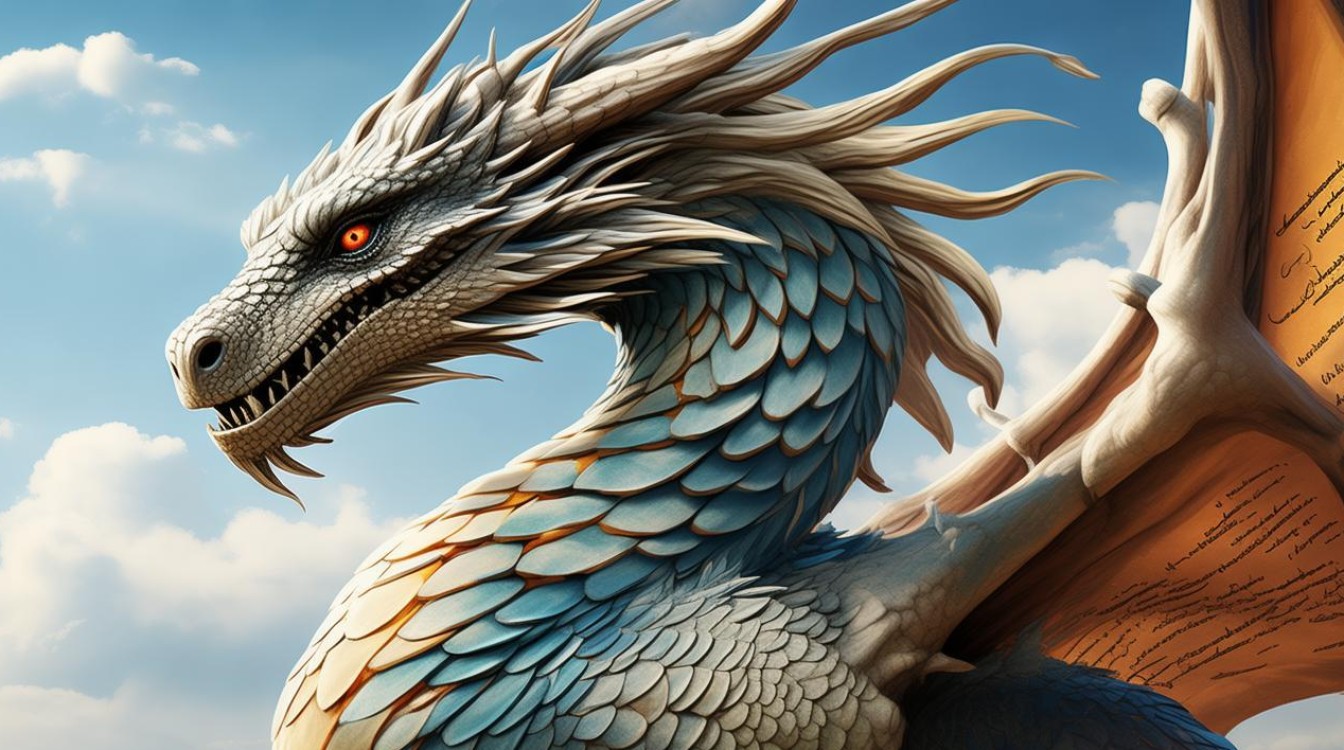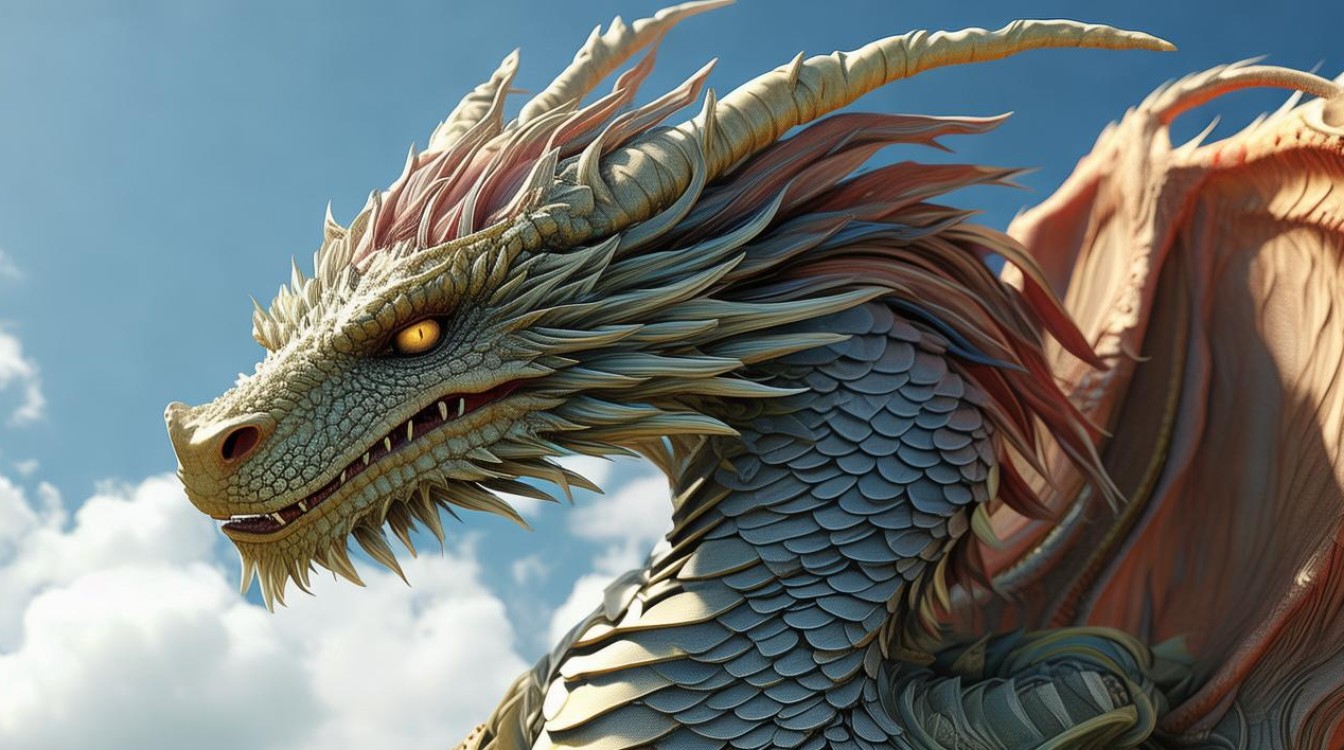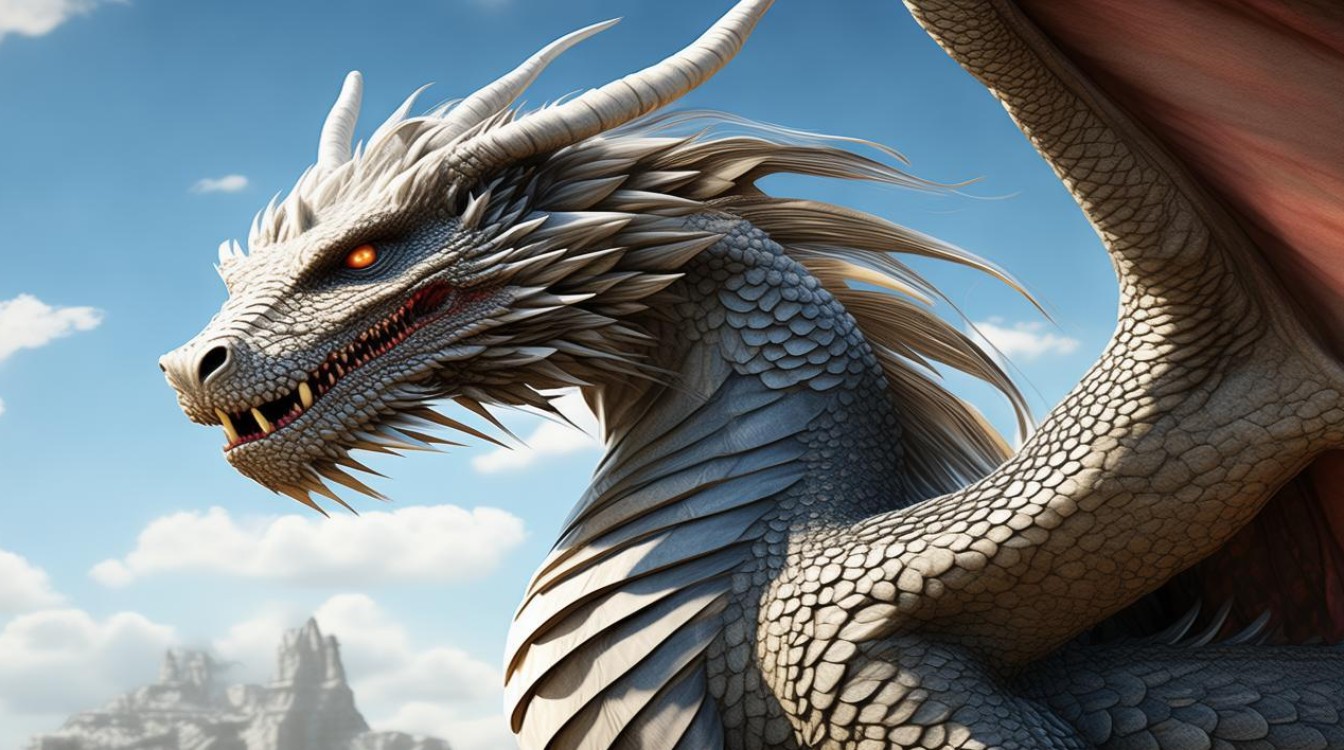The Dragon in Chinese Culture (英文原文)
The dragon holds a sacred position in Chinese culture, representing power, wisdom, and good fortune. Unlike Western dragons, which are often depicted as fire-breathing monsters, Chinese dragons are benevolent creatures associated with rain, rivers, and imperial authority.

In ancient China, the dragon was a symbol of the emperor, embodying supreme authority. The emperor’s robes were adorned with dragon patterns, and only he was allowed to use the five-clawed dragon motif. Ordinary people could only use four-clawed or three-clawed dragons in their designs, highlighting the strict hierarchy of feudal society.
Chinese dragons are deeply rooted in mythology. According to legend, the Dragon King (龙王) rules the seas and controls rainfall, ensuring agricultural prosperity. During droughts, people would perform dragon dances or offer sacrifices to pray for rain, demonstrating the dragon’s connection to nature and human survival.
Today, the dragon remains a vital cultural symbol. It appears in festivals, art, and even modern media, such as movies and cartoons. The Chinese zodiac includes the dragon as the only mythical creature, further emphasizing its importance.

In conclusion, the Chinese dragon is not merely a mythical beast but a cultural icon that reflects the nation’s history, beliefs, and values. Understanding its significance helps us appreciate the richness of Chinese tradition.
中国文化中的龙(中文翻译)
龙在中国文化中占据神圣地位,象征着力量、智慧和吉祥,与西方喷火的恶龙不同,中国龙是祥瑞之兽,与雨水、江河和皇权紧密相连。
在古代中国,龙是皇帝的象征,代表至高无上的权威,皇帝的龙袍绣有龙纹,且只有天子才能使用五爪龙图案,民间则只能用四爪或三爪龙,这体现了封建社会的严格等级制度。

龙在中国神话中占据重要地位,传说中,龙王掌管四海,行云布雨,保障农业丰收,每逢大旱,百姓会舞龙或祭祀求雨,可见龙与自然和人类生存息息相关。
时至今日,龙仍是重要的文化符号,出现在节日庆典、艺术创作乃至影视动画中,十二生肖中,龙是唯一的神兽,足见其特殊地位。
中国龙不仅是神话生物,更是承载历史、信仰与价值观的文化图腾,理解其意义,才能更深入地领略中华文化的博大精深。

如何写好关于龙的英文作文?
- 明确文化差异:西方龙多象征邪恶,而中国龙代表祥瑞,写作时需强调这一区别。
- 结合历史与神话:适当引用传说(如龙王、龙舞习俗)增强文章深度。
- 使用准确词汇:避免笼统的“dragon”,可加入“imperial dragon”(皇家龙)、“celestial dragon”(天龙)等术语。
- 突出现代意义:提及龙在当代文化中的影响,如春节舞龙、影视形象等。

